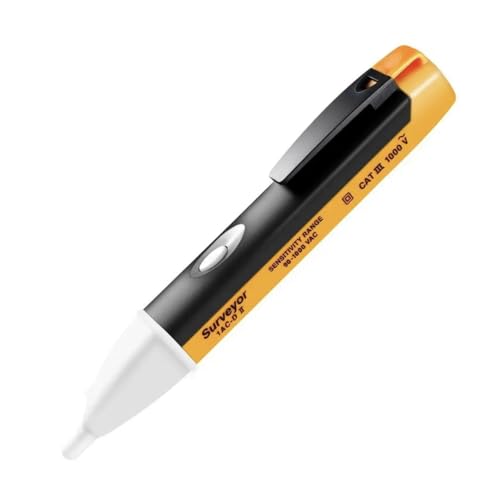Hi There,
Hope this helps..!!
The standard utilisation categories define the current values which the contactor must be able to make or break.
These values depend on:
- the type of load being switched: squirrel cage or slip ring motor, resistors,
- the conditions under which making or breaking takes place: motor stalled, starting or running, reversing, plugging.
a.c. applications
Category AC-1
This category applies to all types of a.c. load with a power factor equal to or greater than 0.95 (cos ϕ ≥ 0.95).
Application examples: heating, distribution.
Category AC-2
This category applies to starting, plugging and inching of slip ring motors.
On closing, the contactor makes the starting current, which is about 2.5 times the rated current of the motor.
On opening, it must break the starting current, at a voltage less than or equal to the mains supply voltage.
Category AC-3
This category applies to squirrel cage motors with breaking during normal running of the motor.
On closing, the contactor makes the starting current, which is about 5 to 7 times the rated current of the motor.
On opening, it breaks the rated current drawn by the motor; at this point, the voltage at the contactor terminals is about 20% of the mains supply voltage. Breaking is light.
Application examples: all standard squirrel cage motors: lifts, escalators, conveyor belts, bucket elevators, compressors, pumps, mixers, air conditioning units, etc.
Categories AC-4 and AC-2
These categories cover applications with plugging and inching of squirrel cage and slip ring motors.
The contactor closes at a current peak which may be as high as 5 or 7 times the rated motor current.
On opening it breaks this same current at a voltage which is higher, the lower the motor speed. This voltage can be the same as the mains voltage. Breaking is severe
Application examples: printing machines, wire drawing machines, cranes and hoists, metallurgy industry.
john...
































































